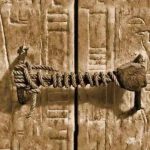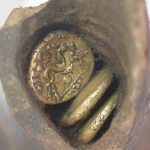The Ishtar Gate: A View of Babylonian Magnificence
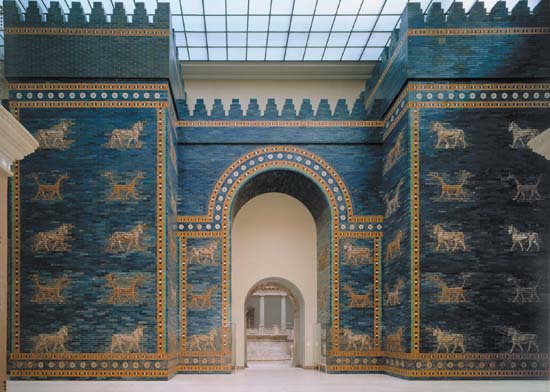
The Ishtar Gate, a marvel of ancient Mesopotamian architecture, stands as a testament to the grandeur and cultural sophistication of the Babylonian Empire. Constructed under the reign of King Nebuchadnezzar II around 575 BC, this imposing structure served as the main entrance to the city of Babylon, one of the most legendary cities of the ancient world.
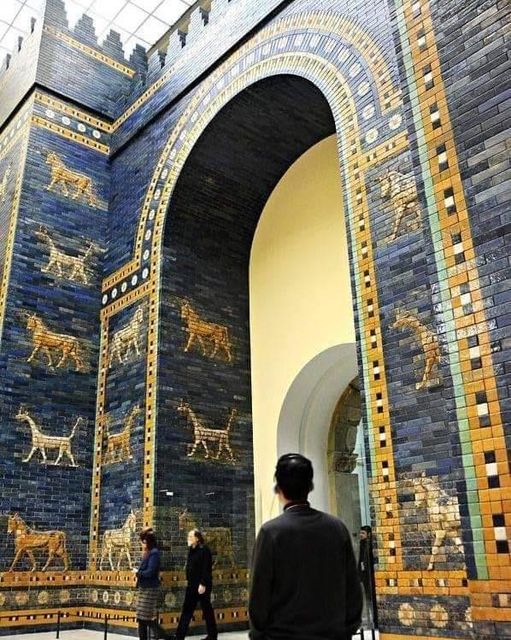
The gate, dedicated to the Babylonian goddess Ishtar, was adorned with vibrant glazed brickwork depicting mythical creatures such as dragons and bulls, symbolizing the power and protection of the gods. These creatures, crafted in a stunning palette of blue from lapis lazuli, yellow, and white glazes, created a mesmerizing mosaic that shimmered in the sunlight, leaving a lasting impression on all who approached the city.
The construction of the Ishtar Gate was a monumental feat of engineering and artistic ingenuity. The use of baked bricks strengthened with dense asphalt contributed to its durability, allowing it to withstand the ravages of time and remain a symbol of Babylonian greatness millennia later. Its imposing structure, with towers reaching up to 47 feet in height, conveyed the strength and authority of the Babylonian kings.
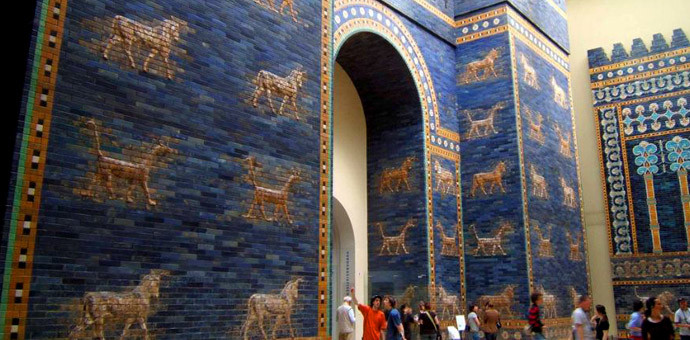
Beyond its architectural significance, the Ishtar Gate held profound religious and cultural importance for the Babylonians. As the entrance to the sacred city of Babylon, it marked the boundary between the earthly realm and the realm of the divine, symbolizing protection and prosperity for the city and its inhabitants.
Following centuries of prominence, the Ishtar Gate eventually fell into obscurity as Babylon itself declined. However, its legacy endured through the accounts of ancient historians and travelers who marveled at its beauty and grandeur. In the 20th century, parts of the Ishtar Gate were excavated by German archaeologists and meticulously reconstructed in the Pergamon Museum in Berlin, where it stands today as a highlight of the museum’s collection.

The preservation of the Ishtar Gate in the Pergamon Museum allows visitors to experience firsthand the splendor of ancient Babylonian artistry and craftsmanship. The meticulously reconstructed façade, with its vibrant colors and intricate details, offers a vivid glimpse into the cultural richness and artistic achievements of one of history’s greatest civilizations.
In conclusion, the Ishtar Gate remains not only a masterpiece of ancient architecture but also a symbol of Babylonian ingenuity and cultural identity. Its reconstruction in the Pergamon Museum serves as a testament to the enduring legacy of Mesopotamian civilization and invites visitors to marvel at the artistry and craftsmanship of a bygone era. The Ishtar Gate stands as a bridge between the ancient world and the present, reminding us of the timeless allure of human creativity and the power of cultural heritage to inspire and educate.



